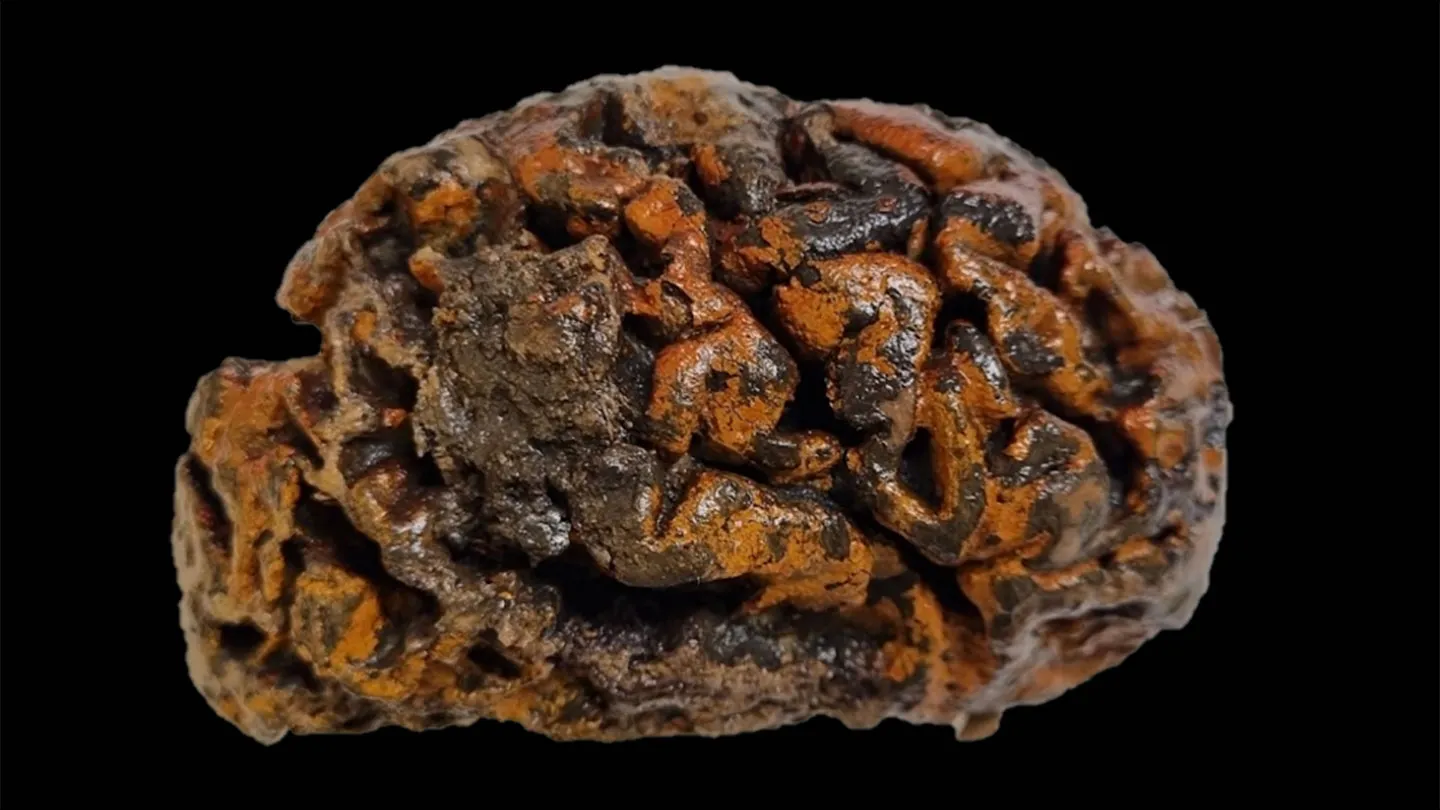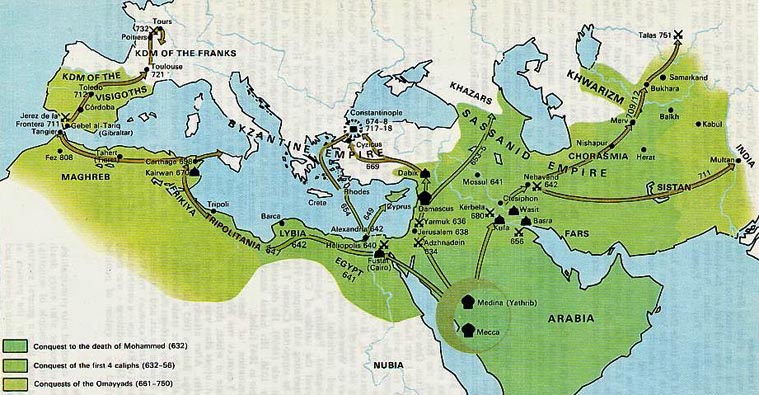Early in her research, forensic anthropologist Alexandra Morton-Hayward encountered a paper detailing a 2,500-year-old brain preserved in a severed skull. This led her to more papers, each describing preserved brains as unique phenomena. By the time she had reviewed twelve such papers, she decided to investigate further.
Contrary to previous beliefs, naturally preserved brains are not as rare as once thought. Morton-Hayward, from the University of Oxford, and her colleagues reported on March 20 in the Proceedings of the Royal Society B that they have compiled an archive of 4,400 human brains preserved in the archaeological record, some dating back nearly 12,000 years. The archive includes brains from North Pole explorers, Inca sacrificial victims, and Spanish Civil War soldiers.
Due to their perceived rarity, these brains have been minimally researched. "If they're seen as precious, one-of-a-kind materials, there's a reluctance to analyze or disturb them," Morton-Hayward explains. Less than 1 percent of the archive has been studied.
Analyzing the locations where the brains were found and correlating them with historical climate patterns offers clues about their preservation. Over a third of the samples survived due to dehydration, while others were preserved through freezing or tanning. Depending on the conditions, the brains' texture ranges from dry and brittle to squishy and tofu-like.
About a quarter of the brains were found in bodies without any other preserved soft tissue. "No skin, kidneys, or muscles—just this shrunken, perfect little brain rattling around in a skull," Morton-Hayward describes.
The reason why brains persist while other soft tissues decay remains unclear, but it might be linked to the brain's chemical composition. The unique 1-to-1 ratio of proteins to lipids in the brain differs from other soft tissues, which have more carbohydrates and different protein-to-lipid ratios. This unique ratio might be crucial, as the presence of metals like iron could cause proteins and lipids to bond and endure.
The team is now employing new tools to better understand the molecular interactions that contribute to brain preservation.













0 Comments